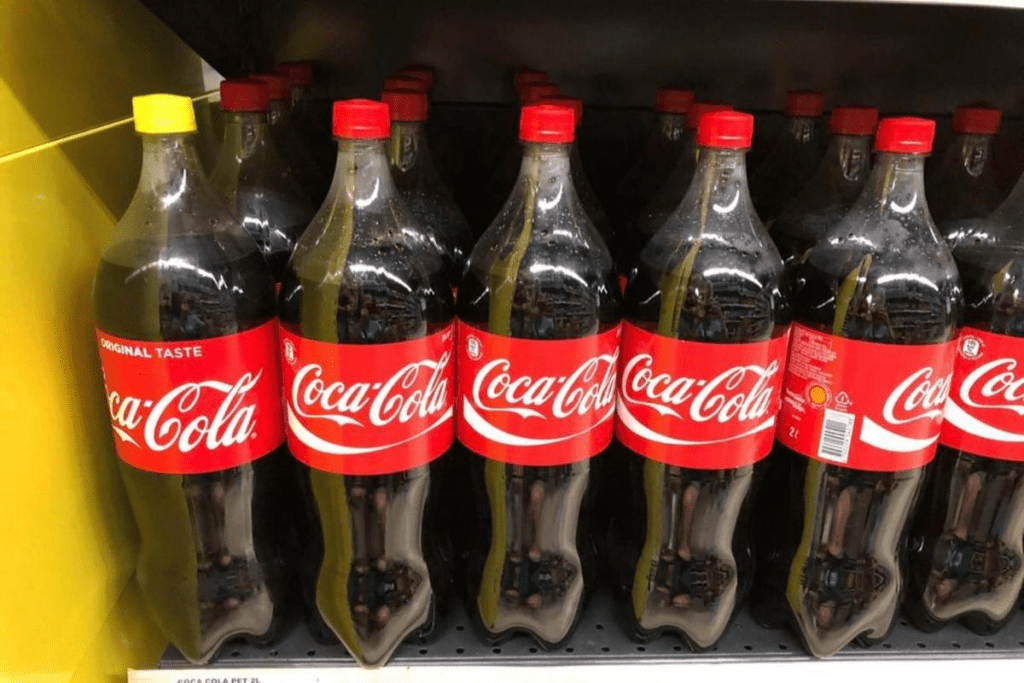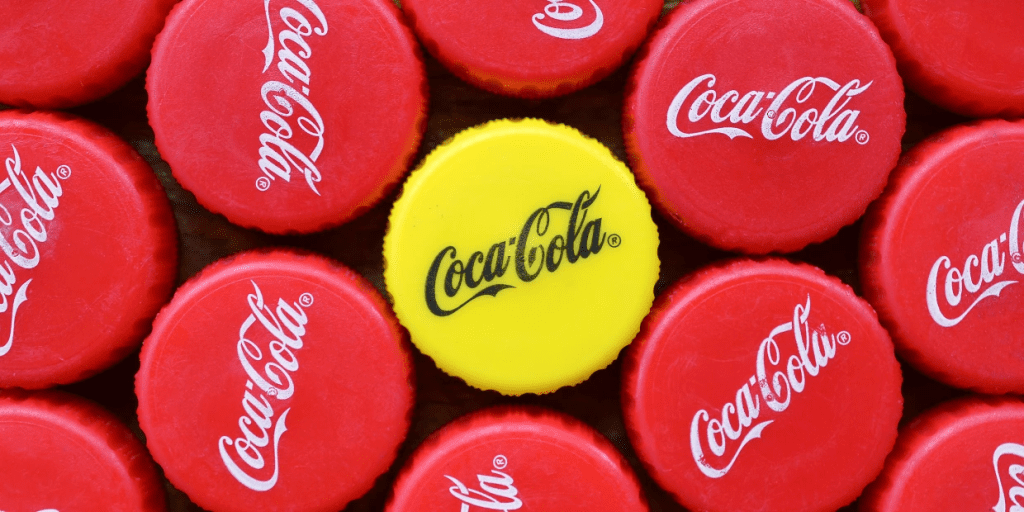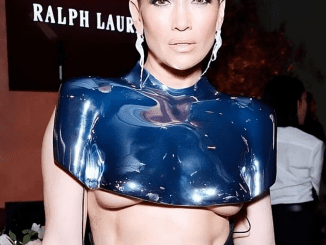While browsing the aisles of a grocery store, you might overhear a conversation that sparks curiosity. A woman adamantly insisting on purchasing yellow-cap Coca-Cola while refusing the red-cap bottles—what could be the reason behind this strong preference? If you’ve ever wondered about the significance of Coca-Cola’s cap colors, you’re not alone. The answer lies in religion, taste, and even health considerations.
What Do Coca-Cola Cap Colors Mean?

Coca-Cola uses different cap colors for a variety of reasons. While red caps are standard for regular Coca-Cola, you might notice different hues depending on the country, formula, or special edition. In some cases, cap colors indicate dietary restrictions, promotional campaigns, or seasonal product variations.
One such example is yellow-cap Coca-Cola, which holds a special meaning for a particular group of consumers. Unlike the common red-cap version, the yellow-capped bottle is a limited edition product that appears only at certain times of the year.
The Meaning Behind Yellow-Cap Coca-Cola
The yellow cap on Coca-Cola bottles signifies that it is kosher for Passover. During Passover, observant Jews follow strict dietary rules, which include avoiding leavened grains and corn-derived ingredients.
Since standard Coca-Cola in the U.S. is sweetened with high fructose corn syrup, it is not suitable for Passover consumption. To accommodate Jewish consumers, Coca-Cola releases a special kosher-for-Passover version, which is sweetened with cane sugar instead of high fructose corn syrup.
This formulation closely resembles the original Coca-Cola recipe before the switch to corn syrup in the 1980s. To differentiate it from the regular version, Coca-Cola marks these bottles with a yellow cap—making it easy for those observing Passover to spot it.
Why Some People Prefer Yellow-Cap Coca-Cola
Though the yellow-cap Coca-Cola is primarily meant for Jewish consumers during Passover, it has gained popularity among a broader audience. Here are a few reasons why some people actively seek it out:
1. Taste Preference
Many Coca-Cola enthusiasts claim that the cane sugar version tastes better than the high fructose corn syrup (HFCS) variety. Some describe it as smoother, less syrupy, and closer to the Coca-Cola they remember from decades ago.
This preference is not just psychological—cane sugar and high fructose corn syrup have different sweetness levels and mouthfeel, which can affect the overall drinking experience.
2. Nostalgia for the Original Coca-Cola Formula
Before 1985, Coca-Cola in the U.S. was sweetened with cane sugar. When the company switched to high fructose corn syrup due to cost efficiency, many longtime fans felt the taste changed.
For those who miss the original taste of Coca-Cola, the yellow-cap version offers a rare chance to enjoy a more authentic throwback to the past.
3. Perceived Health Benefits
While both cane sugar and high fructose corn syrup contain similar amounts of calories and carbohydrates, some consumers believe cane sugar is a healthier alternative.
High fructose corn syrup has been linked to concerns about obesity, insulin resistance, and metabolic disorders. Though research is mixed on whether cane sugar is significantly better, many consumers prefer to avoid HFCS whenever possible.
4. Dietary Restrictions and Sensitivities

Beyond religious observance, some individuals have sensitivities to high fructose corn syrup and opt for cane sugar-based sodas. Whether due to digestive issues, allergies, or a simple desire to consume fewer processed ingredients, these consumers actively seek out yellow-cap Coca-Cola.
Regional and Cultural Variations in Coca-Cola Sweeteners
The debate over cane sugar vs. high fructose corn syrup extends beyond just Passover. In several countries, Coca-Cola is still made with real sugar as the standard formula.
For example:
- Mexico’s Coca-Cola (Mexican Coke) is made with cane sugar and is widely imported to the U.S. due to its popularity.
- Many European and South American countries also use cane sugar instead of HFCS.
- In contrast, U.S. Coca-Cola has predominantly used high fructose corn syrup since the 1980s, except for special editions like the yellow-cap variety.
Some Coca-Cola lovers prefer to import Mexican Coke year-round or stock up on yellow-cap Coca-Cola during Passover to enjoy what they believe is the superior taste.
Is Yellow-Cap Coca-Cola Limited Edition?
Yes! The yellow-cap Coca-Cola is only available once a year, leading to high demand and limited supply. This version is typically released a few weeks before Passover and can be found in areas with large Jewish communities, such as:
- New York
- Los Angeles
- Chicago
- Miami
Many people—both Jewish and non-Jewish—buy multiple bottles while it’s available to enjoy the cane sugar taste throughout the year.
How to Find Yellow-Cap Coca-Cola

If you’re interested in trying yellow-cap Coca-Cola, here’s how you can find it:
- Check Jewish supermarkets or grocery stores that cater to kosher customers.
- Look in large chains like Walmart, Costco, or Kroger in cities with a significant Jewish population.
- Ask store employees if they stock the Passover Coca-Cola and when it will be available.
- Consider online retailers, as some stores sell cases of it when Passover season arrives.
Conclusion: The Hype Around Yellow-Cap Coca-Cola
The mystery behind why some people refuse red-cap Coca-Cola in favor of yellow-cap bottles comes down to religion, nostalgia, taste, and personal health choices.
For Jewish consumers, the yellow cap signifies a kosher-for-Passover beverage. For others, it represents a throwback to the original Coca-Cola recipe, an alternative to high fructose corn syrup, or simply a better-tasting version of their favorite soft drink.
Regardless of the reason, one thing is clear: when yellow-cap Coca-Cola hits the shelves, it doesn’t last long! So if you’re curious to taste the difference, be sure to grab a bottle before it disappears.


